Museums, Hikes, and Festivals! Hachioji: 8 Things to Do in Western Tokyo

Hachioji is a residential area in western Tokyo that is home to excellent museums, scenic hikes, nature experiences, and great food! We introduce eight places to visit and exciting things to do in Hachioji.
Hachioji is a large suburban community on the western edge of the Tokyo Metropolitan Area. The city is mainly a residential area that has replaced old farmlands with housing communities, museums, and universities.
Despite being relatively far from central Tokyo, it has remarkable access due to the JR Chuo Line via Shinjuku and Tokyo Stations, and the Yokohama Line offering direct access to the port city and the Tokaido Shinkansen Line.
There are many exciting things to do in Hachioji from hiking Mt. Takao, expanding one’s mind at the Fuji Art Museum, or refueling the soul with a hot bowl of Hachioji ramen.
Things to Do in Hachioji
1. Climbing Mount Takao
2. Takao 599 Museum
3. Firefly Watching at Yuyake Koyake Fureai no Sato
4. Tokyo Fuji Art Museum
5. Hachioji Castle Ruins
6. Musashi Imperial Graveyard
7. Hachioji Ramen
8. The Hachioji Festival
1. Climbing Mount Takao
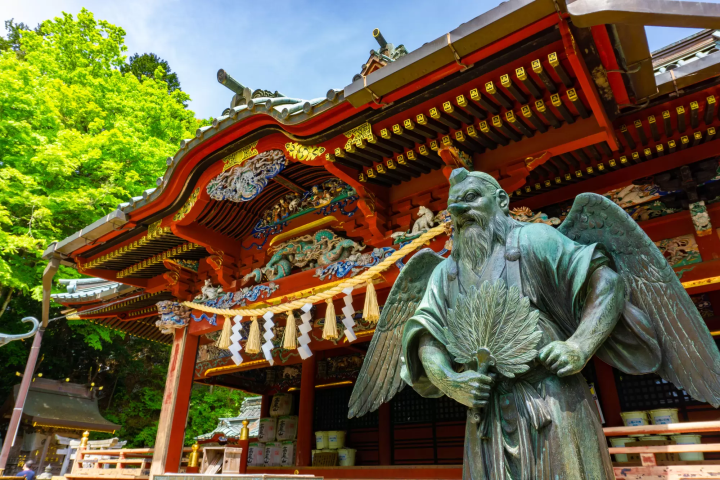
Photo by Pixta
Mt. Takao is one of the most popular stopping points for many hikers and non-hikers alike visiting western Tokyo. Trails of varying degrees of difficulty switch to and fro to traverse the steep incline from base to summit, and for those who would rather skip the leg-day exercise, there is a convenient ropeway with the steepest sloping angle in Japan at 31 degrees.
The cable car brings guests to the halfway staging area which is home to a visitor center, Takao Beer Mount restaurant and beer garden, and the Takao Monkey Park.
Further up the road is the famed Takao Yakuoin Yukiji Temple which was built in the 8th century C.E. and has received patronage from some of the most renowned figures in Japanese history.
For a memorable and unique sight, on the second Sunday in March every year, the monks of the temple take part in the Firewalking Festival to pray for safety and good fortune while cleansing themselves of impurities. Once the fires are fully extinguished and the temperature has dropped from hot to slightly warm, guests are welcome to walk across the coals.
For those inclined to hike to the very top, the summit rewards all visitors with scenic views, food stalls for a meal, snack, or a drink, and the towering wonder that is Mt. Fuji, weather permitting.
↑ Return to the top of article.
2. Takao 599 Museum
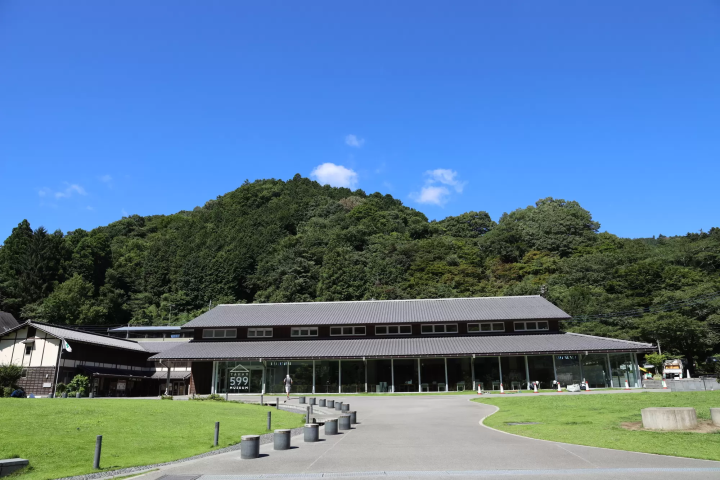
Photo by Pixta
The Takao 599 Museum is a great place to stop to learn about Mt. Takao proper with information regarding seasonal attractions, local wildlife, and an open atmosphere to welcome visitors.
The first goal of the museum is to educate about the mountain itself and what it provides on an ecological level. Guests can learn about the native wildlife in the area like boars and tanuki, observe seasonal flower and insect samples encased in acrylic, and information regarding the current conditions on the mountain.
While the museum educates on the state of Takao now, it is also eager to teach the next generation how the mountain will be changing over the coming decades so the children of today can care for and protect this beautiful environment for the years to come.
The Takao 599 Museum also provides visitors with rental equipment and is an excellent place to rest and relax with an open lawn and a café.
Hotels near TAKAO 599 MUSEUM
↑ Return to the top of article.
3. Yuyake Koyake Fureai no Sato
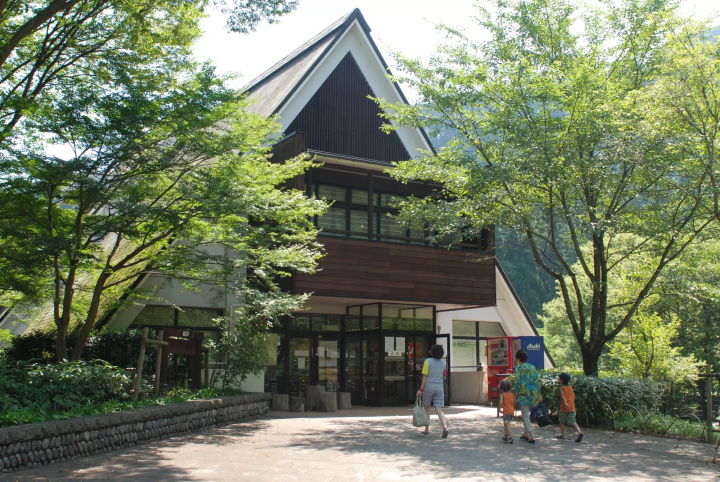
Photo by Pixta
June is a magical time of year in Japan with the rainy season ushering in the next chapter of the year with a dash of magic. The warm and humid weather brings out the daytime beauty of hydrangea flowers filling hedges with colors reminiscent of a Monet painting, while at night those same hedges are illuminated with the faint and fey glow of fireflies fluttering in the night.
In the modern day, excess light pollution from street lights and cars has made it difficult to see these ethereal creatures in city centers, but nature reserves like the Yuyake Koyake Fureai no Sato in the mountains of Hachioji make it possible to enjoy this special dancing of lights.

Photo by Pixta
This nature park is one of the best places in the Tokyo area to catch a glimpse of these beautiful creatures through the trees and above the heads of guests. The best times to see the fireflies are in June just after the sun sets, but the number of fireflies and how active they are is entirely weather dependent. The best conditions are when the air is warm and very humid.
In 2024, the Firefly Night Festival is being held from June 8 to June 23 between 18:00 and 20:45 (*admission fee: 200 yen). On festival evenings, the Yuyake Koyake Fureai no Sato has food stalls that guests can enjoy while gazing at the zipping of green lights through the air. The event is best accessed by local bus due to limited parking.
Yuyake Koyake Fureai no Sato
Location: Tokyo, Hachioji, Kamiongatamachi 2030
Hours: 9:00 - 16:30
Website: https://yuyakekoyake.jp/ (Japanese)
↑ Return to the top of article.
4. Tokyo Fuji Art Museum
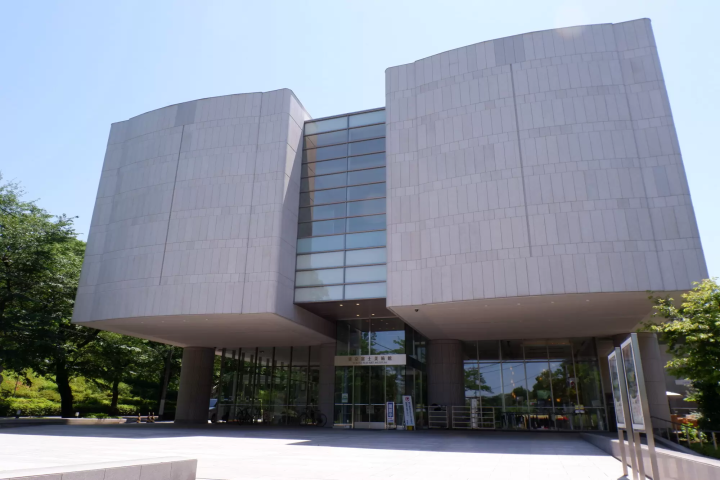
Photo by Pixta
The Tokyo Fuji Art Museum was founded in 1983 with the goal of opening audiences to the world through the expression of art. It was the intention of museum founder Daisaku Ikeda that the museum would be “a window unto the world” that helped usher in the next generation of world citizens.
With a collection spanning Eastern and Western schools of art, the collection is curated to show that even on opposite sides of the world, art can inspire and influence different styles regardless of medium or cultural background. The museum collection includes paintings, sculptures, armor, lacquerware, and photography.
Tokyo Fuji Art Museum
Location: Tokyo, Hachioji, Yano-machi 492-1 Yano-machi
Hours: 10:00 - 17:00 (*closed on Mondays (except on holidays, then closed on Tuesday), year-end, and New Year’s holidays and exhibition change periods.)
Website: https://www.fujibi.or.jp/en/
↑ Return to the top of article.
5. Hachioji Castle Ruins

Photo by Pixta
The Hachioji Castle Ruins are a resilient monument to a bygone age of feudal lords and their great castles. Originally built by Hojo Ujiteru in the 17th century, it was constructed to fortify the Hojo clan’s control over the western Kanto Area, guarding one of the major roads connecting Kanto to central and western Japan.
The castle only stood for a few years before it was burned to the ground following a siege from Toyotomi Hideyoshi (1537-1598), one of the Three Great Unifiers of Japan.
Today, the castle ruins are a great place for visitors to go hiking from the walls at the base of the mountain up to the old castle shrine which would have been at the main keep of the fortified complex. The ruins are home to brilliant plum trees that bloom in February and warm autumn leaves in November.
↑ Return to the top of article.
6. Musashi Imperial Graveyard
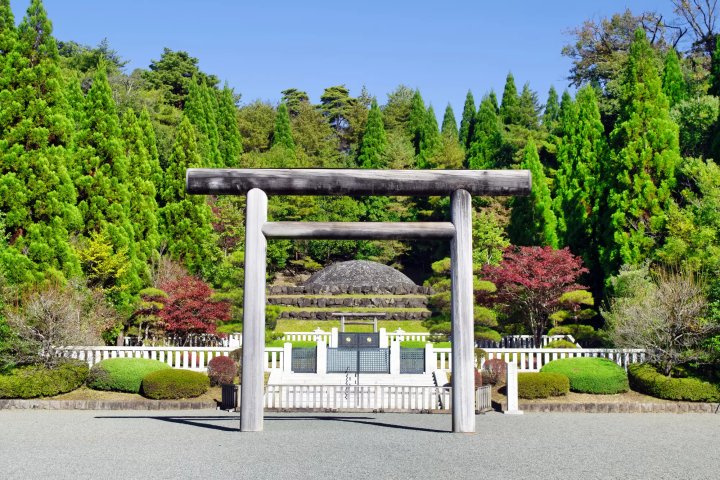
Photo by Pixta
On the western edge of the Hachioji, near the castle ruins, is the resting place of two of Japan’s former emperors: Emperor Taisho (1879 - 1926) and Emperor Showa (1901 - 1989).
Though Emperor Meiji (1852 - 1912) founded the new imperial capital of Tokyo in 1869, he is buried in Kyoto where he lived much of his life. His son and grandson however are buried in Hachioji in standard imperial earthen mounds. To bridge the two cities, the path to the mausoleums is lined with Kitayama sugi, a type of pine tree commonly found in northern Kyoto.
In all there are four mausoleums dedicated to the emperors and their empresses, and the retired Emperor Heisei has expressed that when the time comes both he and his wife, Empress Michiko, will be interred on these same grounds but following a more modern style of cremation burial and a mound much smaller than those of his predecessors.
↑ Return to the top of article.
7. Hachioji Ramen
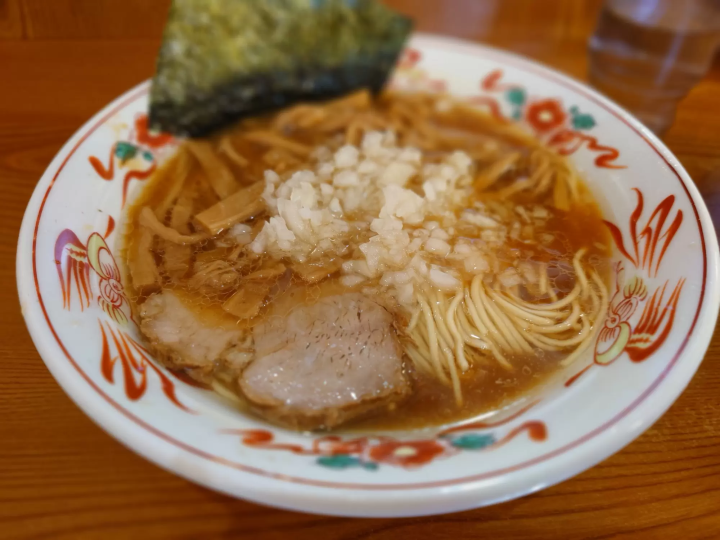
Photo by Pixta
Ramen is one of those dishes that so many view as synonymous with Japan, and yet it’s very much a non-Japanese dish. Introduced to Japan from the continent centuries prior, it has since been incorporated into Japanese culinary life to the point that its style changes depending on the community one is in.
Hachioji Ramen is a very hearty style of ramen with a dark shoyu (soy sauce) broth, lard, onions, and thin but solid noodles. This combination makes this style of ramen particularly Japanese. The saltiness of the broth, richness of the lard, and sweetness of the onions work together to be a thoroughly enjoyable meal that’s not too heavy and not too light.
Restaurants like Tantan, Hirotomi, and Binbin will surely give you that satisfied feeling, particularly after a day of exploring and activities.
↑ Return to the top of article.
8. The Hachioji Festival
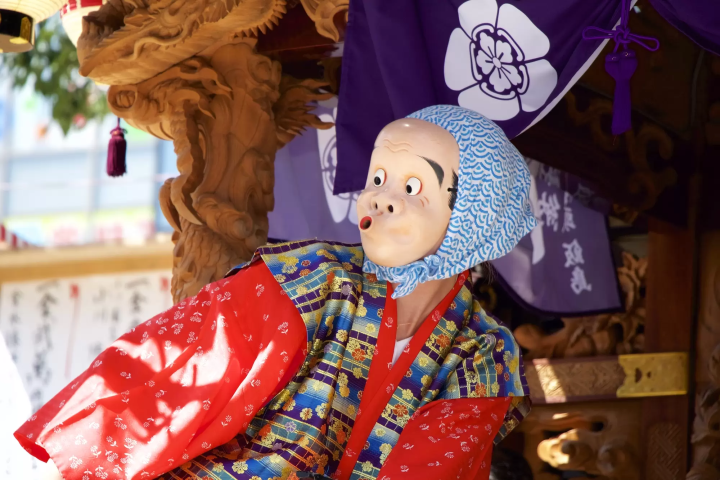
Photo by Pixta
Festivals in Japan are simply the best, but so often visitors just don’t know about them. Well, let’s help you learn about one in particular, the Hachioji Festival which takes place ever year in early August for three days.
The festival has the main parade of portable shrines (mikoshi) carried through the streets of town, but also has wonderful smaller parades like thousands of dancers in yukata, lion dances to bring good luck, and 19 floats from different communities.
As an added bonus, the floats and the performers on them will have musical battles with each other as they cross paths. In addition to all of that, there are also taiko drum battles throughout the event, special dances by the local geisha community, and a performance from Hachioji’s sister city Kaohsiung in Taiwan.
↑ Return to the top of article.
Enjoy Exploring Hachioji
All in all, Hachioji has this and more to offer anyone willing to take the train west. So if you’re looking for something authentic, something real, or something that just won’t have lots of people, Hachioji is an excellent place to set your sights.
Read also
I am a California native living in Japan. I lived in Minamiawaji for five years and love Kansai, now live in Tokyo and can't imagine life without reliable trains. I majored in medieval Japanese history in college, worked on the Expanding Frontiers exhibition of post-war Japanese prints at the Jordan Schnitzer Museum of Art, and spend much of my free time traveling to temples and shrines across Japan. When I'm not geeking out about history and art, I'm watching movies, sports, and practicing photography.




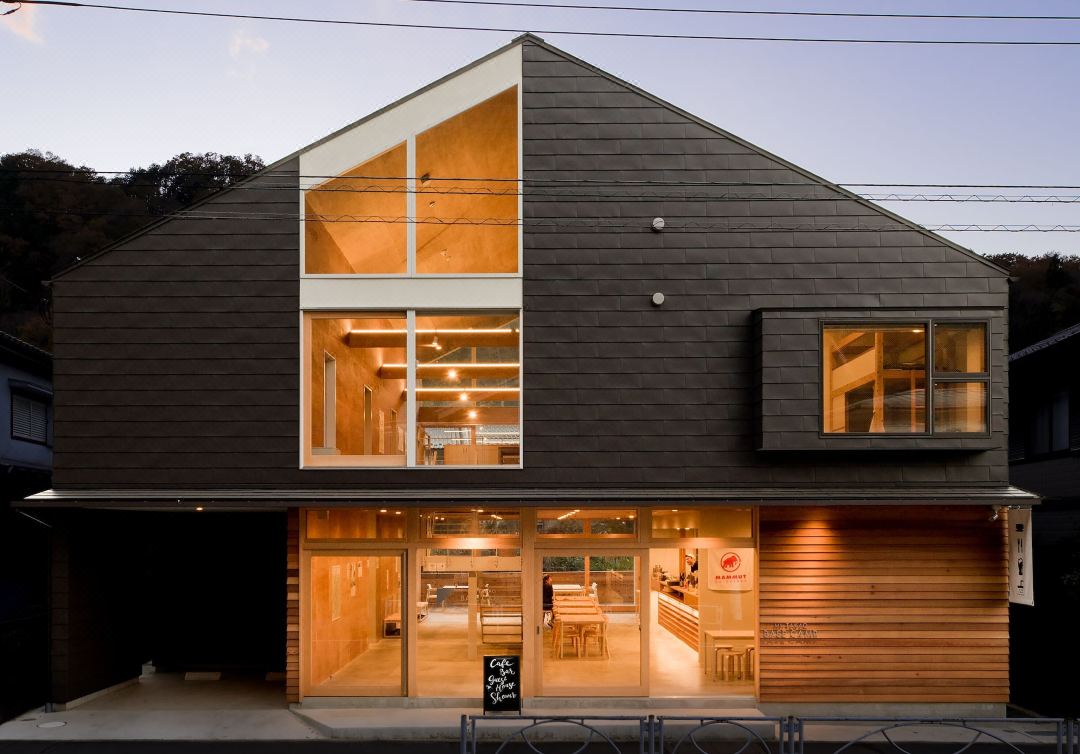






































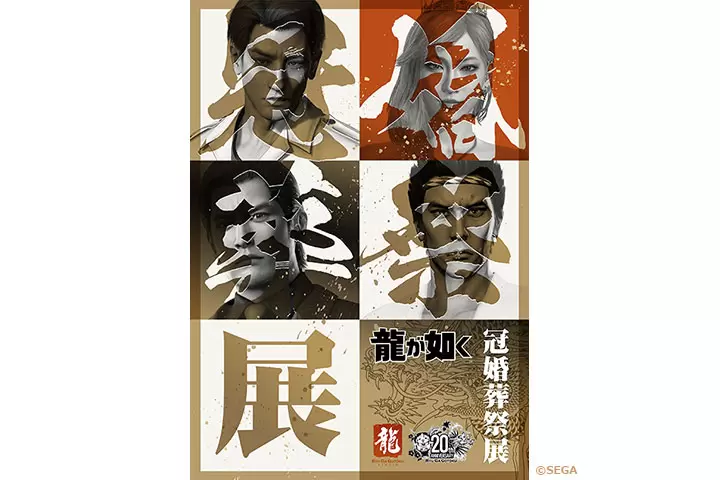
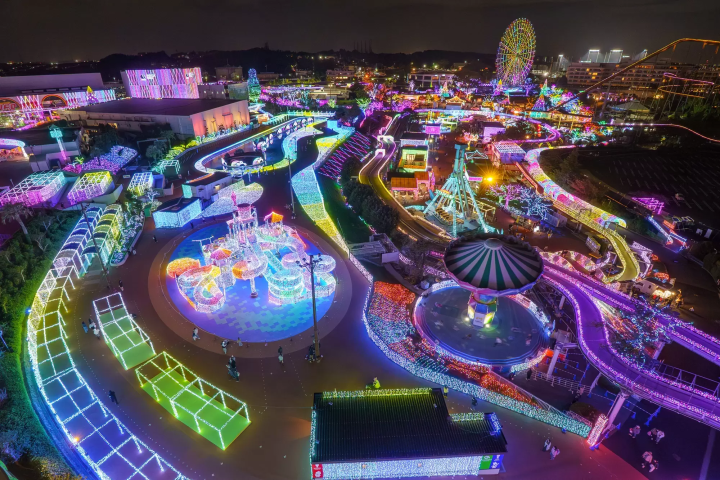
![[Coupon Available] Recommended Fall/Winter Wear from Scandinavian Brand "Helly Hansen"](https://resources.matcha-jp.com/resize/720x2000/2025/12/15-252920.webp)
![Deep dive into Japanese brands! A tour of famous leather shoe stores with GENSEI & Nin [Otsuka Shoes Edition]](https://resources.matcha-jp.com/resize/720x2000/2025/12/15-252972.webp)